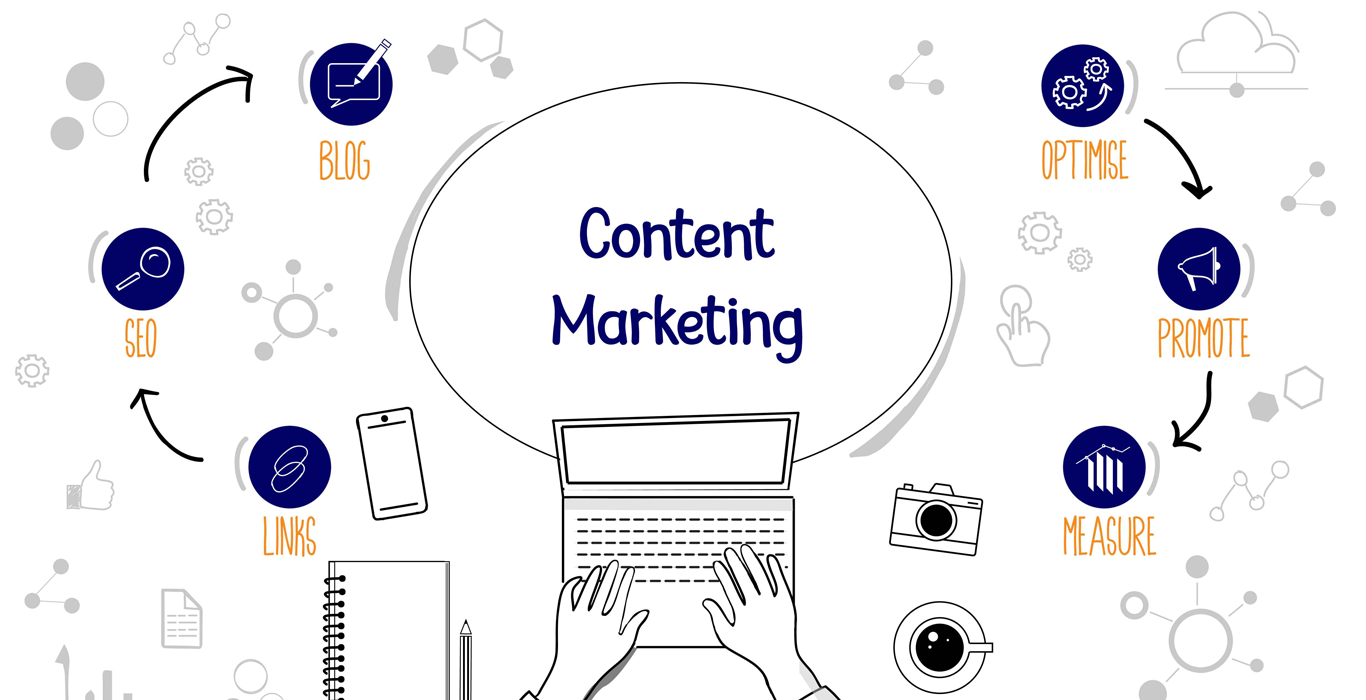“The life of a visual communicator should be one of systematic and exciting intellectual chaos.” ― Alberto Cairo
The importance of visual storytelling cannot be understated, especially today, when information overload is a daily occurrence. Infographics are extremely effective in grabbing viewers’ attention and rapidly communicating complicated ideas.

Information can be conveyed visually through the art of creating compelling infographics, which combines data, design, and storytelling.
In this comprehensive blog about visual storytelling, let us show you how to create an effective infographic that will engage your audience as well as appeal to them.
Understanding the Impact of Infographics
- Infographics have a special capability for simplifying complex information and ideas into understandable, shareable visuals.
- They tap into our inherent visual nature, making it easier for our brains to process and remember information.
- Studies show that individuals can process visuals at least 60,000 times more quickly than text.
- Moreover, when information is combined with an image, recall rates increase to 65%.
How to Create an Effective Infographic Strategy?
1. Setting Your Purpose
- A defined purpose is the foundation of any effective infographic. Do you want to inform, amuse, or influence people?
- Establish your objectives to guide your content and design decisions.
2. Recognising Your Audience
- Understanding the preferences, interests, and challenges of your target audience is crucial.
- Make sure that your infographic’s appearance and content meet their needs.
3. Storyboarding Your Story
- Infographics are visual stories. Plan the flow of information, ensuring a logical sequence that guides the reader from start to finish.
- Think about the impact each element has on the narrative.
Designing the Visual Masterpiece
1. Choosing an Effective Layout
- The layout of your infographic is its foundation.
- Select a format based on the kind of content you’re presenting, such as vertical, horizontal, or even interactive.
2. Fonts and Colour Scheme
- Maintaining a professional appearance requires consistency in your fonts and colour scheme.
- While the font you choose should be readable on all devices, harmonious colours evoke emotions.
3. Images and Icons
- To improve understanding and break up text, include relevant visuals and icons.
- High-quality images give your content legitimacy.
4. Data Visualisation
- Put raw data into understandable visual representations, such as graphs, charts, and diagrams.
- Make sure these visualisations are precise and easy to understand.
5. Utilising White Space
- Whitespace is not wasted space; rather, it is an aesthetic and readability-enhancing design element.
- To prevent clutter, balance your content and whitespace properly.

Content Integration and Text
1. Creating Catchy Headlines
- Your headline needs to be short but compelling.
- It establishes the tone for what will follow and inspires readers to look into more.
2. Writing Compelling Copy
- The supporting text shouldn’t be ignored even when the images command the most attention.
- Be concise, communicating the most important information with bullet points and short sentences.
3. Hierarchy of Information
- Organise your content in a hierarchy, emphasising the information that is most crucial.
- Use different font sizes, headings, and subheadings to direct readers through the content of the infographic.
Bringing It All Together
1. Examine and Polish
When your first draft is finished, take a step back and look at your infographic as a whole. Is the narrative clear? Are the images consistent with the text? Make the necessary adjustments.
2. Mobile-friendly Design
Make sure your infographic is responsive and simple to view across a range of screens and devices for easy accessibility and consistent experience throughout.
An effective way to engage your audience and communicate difficult concepts is through the use of infographics in content marketing. The art of creating compelling infographics is a fusion of creativity, strategy, and design finesse.
IKF, a well-known content marketing company in India, is here to help if you need professional support in creating visually engaging content. To learn about how we can aid in your digital marketing journey, call us now!
FAQs
1. How can infographics help us with more engagement with our audience?
Infographics provide a visually engaging way to present complex information, making it easier for the audience to understand and remember. Their compelling visuals and concise content capture attention, increasing engagement and encouraging social sharing.
2. How do you create visual storytelling?
Visual storytelling is created by combining compelling visuals, such as images, illustrations, and graphics, with a well-structured narrative. This combination captures emotions, conveys information, and guides the audience through a cohesive and impactful visual narrative.
3. How do you make an engaging infographic?
To create an engaging infographic, focus on a clear purpose, concise content, and visually appealing design. Incorporate relevant images, icons, and data visualisations while maintaining a logical flow to captivate your audience’s attention and effectively convey information.
4. How do visuals help with great storytelling?
Visuals enhance storytelling by triggering emotions, helping in memory retention, and simplifying complex concepts. They create a powerful connection with the audience, making the narrative more engaging and memorable.

Ashish Dalia is the CEO & Chief Digital Marketing Strategist at I Knowledge Factory Pvt. Ltd.

Ashish Dalia is the CEO & Chief Digital Marketing Strategist at I Knowledge Factory Pvt. Ltd.











